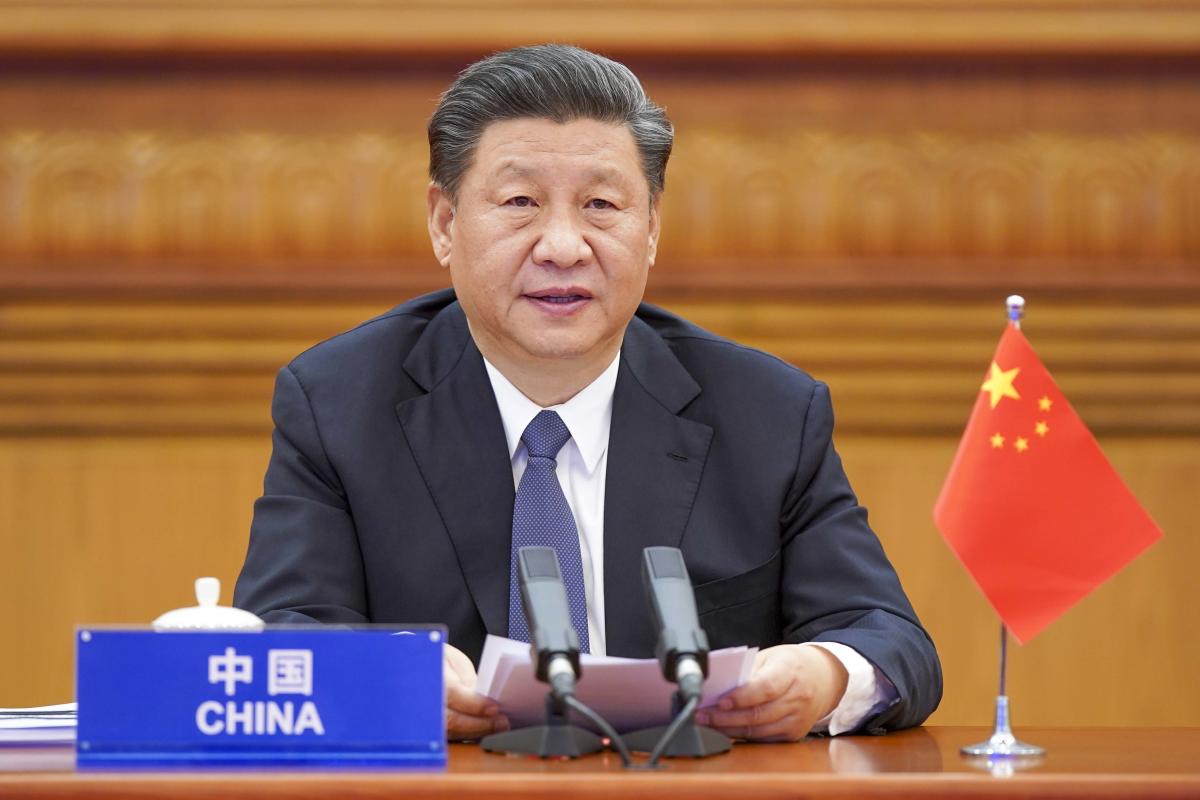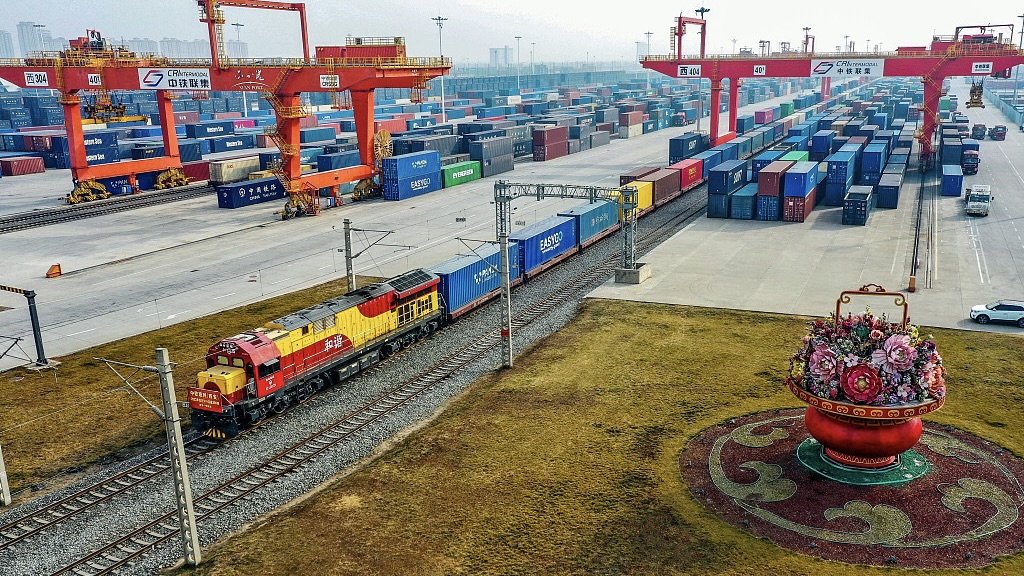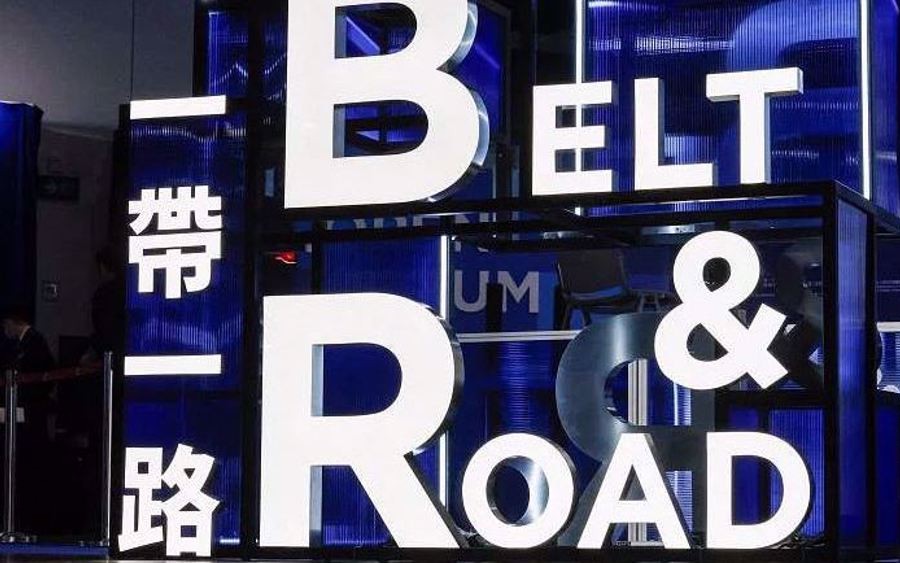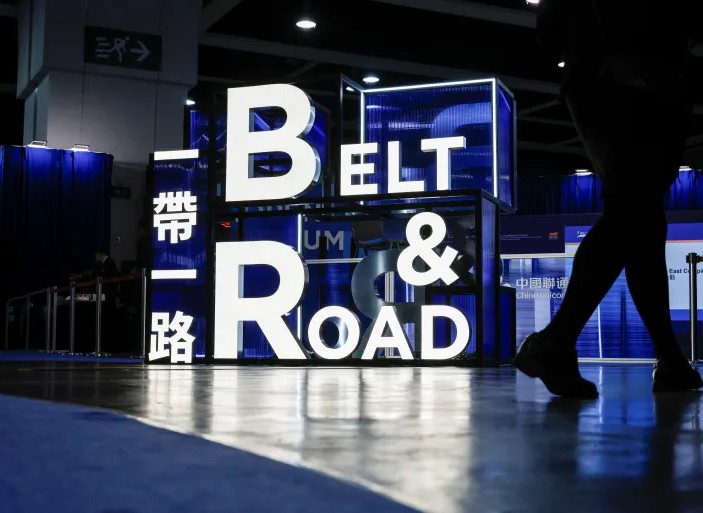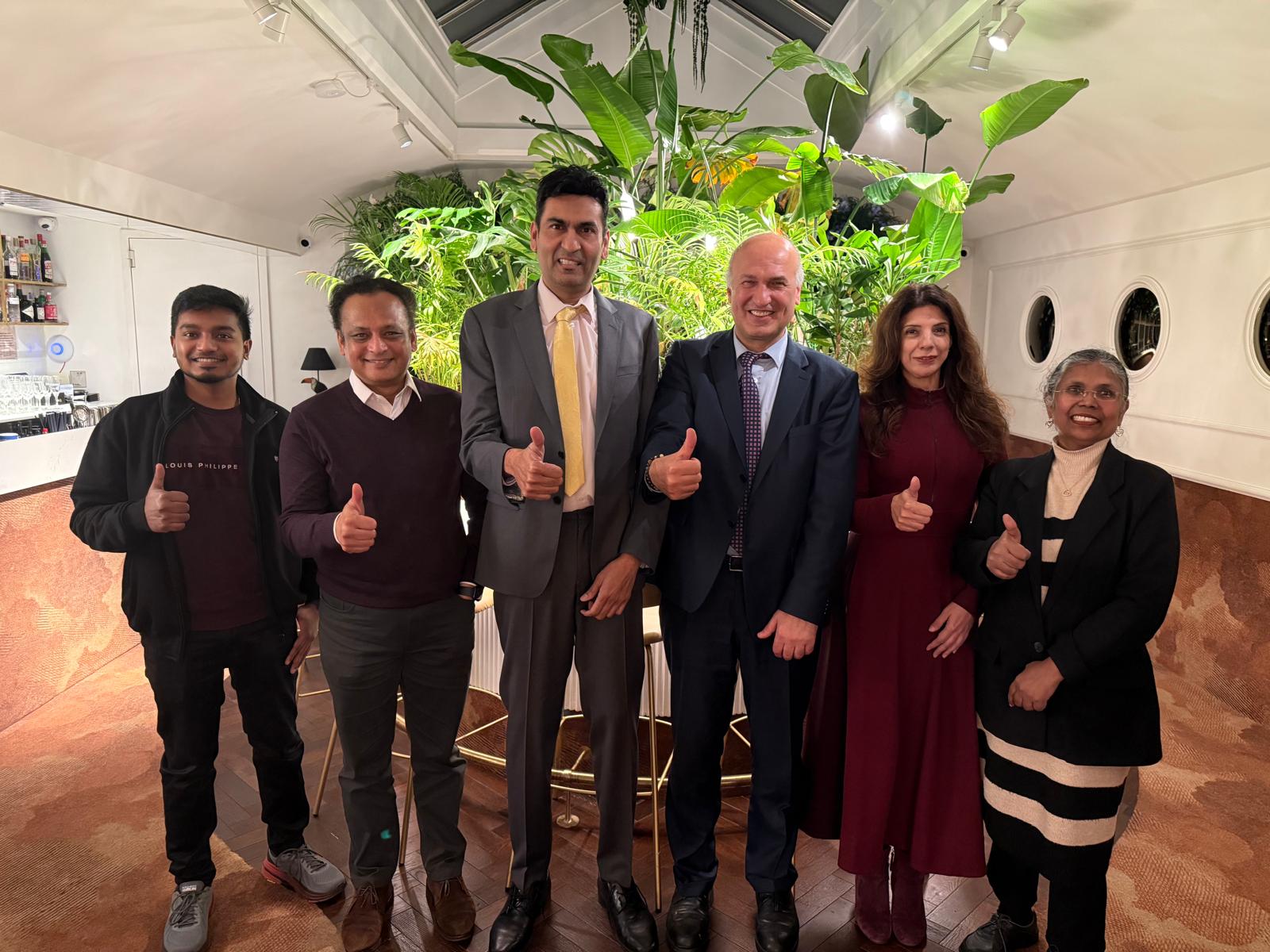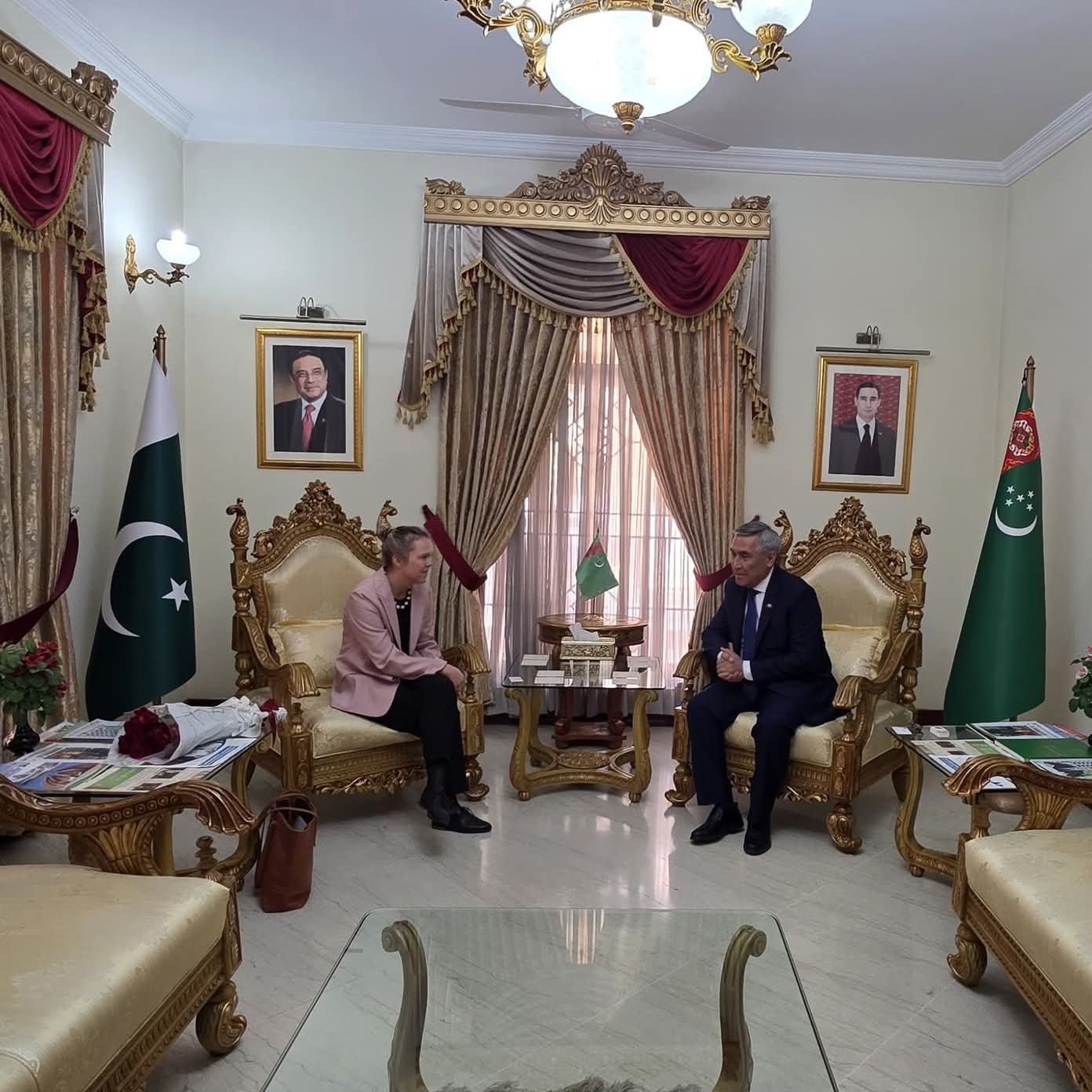In September 2013 during Kazakhstan visit of President Xi Jinping, he announced the “Silk Road Economic Belt” project, which aimed to link China with central Asia and Europe and expand connectivity through railways. In same year 2013 during President Xi Jinping speech in Indonesia, he announced to establish “Maritime Silk Road” project, with motive to enhance interface across Asia and East Africa by building oceans routes. Later, these both projects called “One Belt, One Road” project. In 2015 President Xi gave a new identity to BRI by English translator as more inclusive ways called “Belt and Road Initiative” project.
Diversity of Belt and Road Initiative (BRI):
BRI projects wrap all aspects of development, growth and sustainability. There are over 150 countries which got membership of BRI by signing Memorandum of Understanding (MoU). The objective of China is enhancing connectivity; leads to increase trade, reduce poverty and inflation, and provide employment opportunities and better infrastructure.
There are several projects through which partner countries get tangible and in-tangible benefits. China always preferred the prosperity of world, that’s possible only when the world understand the worth of shared future for mankind. President Xi Jinping vision emphasizes multilateralism, shared prosperity, common security, long-lasting peace and turn down the “law of jungle”.
Major Project under BRI and their impacts on Partner countries
In Pakistan the flagship project under BRI is China Pakistan Economic Corridor (CPEC). The project cover transport, internet connectivity, green and clean energy, energy (Solar plants, wind mills) and infrastructure sectors.
In Indonesia Jakarta-Bandung high-speed Railway was the largest project constructed under BRI Umbrella opened October 2023. The rail transport cuts travel time between Jakarta and Bandung and save 2 hours and 20 minutes travel cost. The estimated earning was $18 billion which play crucial role for boosting economy.
China Ocean Shipping Company (COSCO) invested in Piraeus Port of Greece. By China’s corporation the port became the fastest growing shipments port. Shipping through Piraeus enhance operating system and become a trade hub between Asia and Europe.
China Laos Railway is the 422km railway significantly improved trade since 2021. The rail transport upgrades the network via Laos to China, Thailand and Vietnam.
In Nigeria the BRI built first standard Guage Railway which promote regional economic development and reduce traffic and travels cost.
China built China-Belarus Industrial Park called “SPECIAL ECONOMIC ZONE”. It is the intergovernmental cooperation project which attracts global investors and promote local economy.
In Tanzania, Under Belt and Road Initiative (BRI) projects start working on Bagamoyo Port since 2023, and will start running at the end of 2026. The future of Tanzania looks bright and it became the key driver of economic growth and prosperity across East Africa.
According to World Bank studies BRI invested in largest infrastructure, investment and economic growth projects, almost invested $1 trillion in both developing and developed countries around the world. The Belt and Road Initiative (BRI) could increase trade 1.7%-6.2% globally and 2.8%-9.7% for partner countries and lift 3.2 million people from poverty.
Challenges and response to BRI
The challenges faced during the implementation was covid 19 which cause to slowdown the progress or other ongoing projects which lead to delay in returns and benefits. There were large number of development projects so this became the reason of increasing environmental pollution and greenhouse gasses. The other one is Western narrative that China use soft power and give loan for dominating over other countries. They think China is not working on positive sum game that because of transparency gap. China calmly settled all these type of practically, move focus towards the green BRI and digital SILK ROAD (5G, Fiber optics and AI era). The Digital Silk Road focused area is telecommunications, cloud computing, e-commerce, and smart cities).
The initiative provides opportunities to modernize economies and enhance digital services in developing nations. The one key factor Fiber optic cable provide better internet access and speed.
Green BRI is the fastest growing project with a clear motive to ensure the sustainability of energy, reduce pollution and breathe in clean air. The other reason to emphasize use of solar and wind energy under the Green BRI is the death rate which are 24.6% energy from coal, 0.06% from nuclear and 0.03% from solar.
If we focused on Tanzania and China relation and any other country about which Western narrative is BRI is the trap through which nations face debt burden is not acceptable.
In my opinion China is focusing on “shared prosperity with the world around us” and their narrative is cleared about mutual benefits, growing together, digital global village and optimal use of resources.
There is clearly positive sum game and debt burden increase when there is no proper check and balance and efficiency. So, Optimality is the best key to achieve progress in any field or any project.

Participant of ICSF-UoS Fellowship Program 2025-26 at University of Sargodha.
